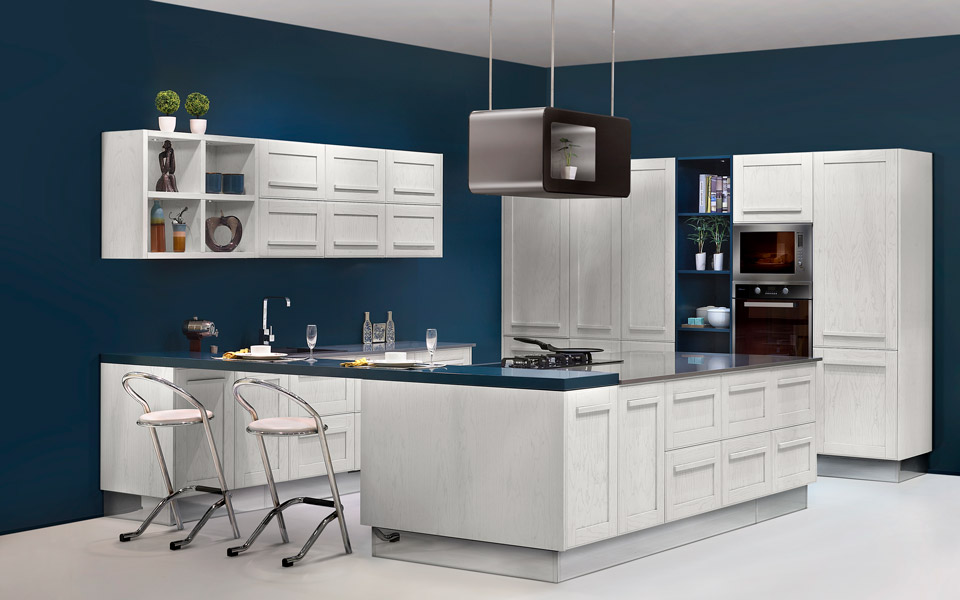Refreshing your cooking space with a kitchen remodel can breathe new life into your home while enhancing its functionality and aesthetic appeal. However, undertaking such a project requires careful planning and execution to ensure success. Here are some essential steps to guide you through the process:
Assessment and Planning: Begin by assessing your current kitchen layout, identifying what works and what does not. Consider factors such as traffic flow, storage needs, and appliance placement. With this assessment in mind, create a detailed plan for your remodel, including a budget, timeline, and design preferences.
Set a Realistic Budget: Determine how much you are willing to spend on your kitchen remodel and allocate funds accordingly. Keep in mind that unexpected expenses may arise, so it is wise to set aside a contingency budget of about 10-20% of the total project cost.
Research and Inspiration: Browse through home design magazines, websites, and social media platforms for inspiration. Collect images of kitchens that appeal to you, noting specific features, materials, and color schemes that you’d like to incorporate into your own remodel.
Hiring Professionals: Depending on the complexity of your remodel, you may need to hire professionals such as architects, interior designers, contractors, and electricians. Research and interview several candidates before making your selection, ensuring they are licensed, insured, and experienced in kitchen remodeling.

Selecting Materials and Fixtures: Choose high-quality materials and fixtures that fit your budget and design vision. This includes cabinets, countertops, flooring, backsplash, lighting, and appliances. Consider factors such as durability, maintenance requirements, and aesthetic appeal when making your selections.
Demolition and Construction: Once you have a plan in place and all necessary permits secured, it is time to start the demolition phase. Remove old cabinets, countertops, flooring, and appliances, being mindful of any structural elements that need to be preserved. Then, proceed with the construction phase, which may involve framing, plumbing, electrical work, and installation of new fixtures and finishes.
Maximize Storage and Organization: Use your kitchen remodel as an opportunity to maximize storage and organization. Incorporate features such as pull-out pantry shelves, deep drawers, and built-in storage solutions to keep your kitchen clutter-free and functional.
Focus on Lighting: Proper lighting is crucial in any kitchen. Incorporate a mix of ambient, task, and accent lighting to illuminate different areas of the space effectively and visit site. Consider installing under-cabinet lighting to brighten work surfaces and pendant lights above islands or dining areas for added visual appeal.
Finishing Touches: Once the major construction work is complete, focus on adding finishing touches to complete the look of your kitchen. This includes installing cabinet hardware, selecting window treatments, adding decorative accents, and styling your countertops with accessories.
Final Inspection and Enjoyment: Before declaring your kitchen remodel complete, conduct a final inspection to ensure that everything meets your expectations and is up to code. Take the time to appreciate your newly renovated space and enjoy cooking and entertaining in your refreshed kitchen.